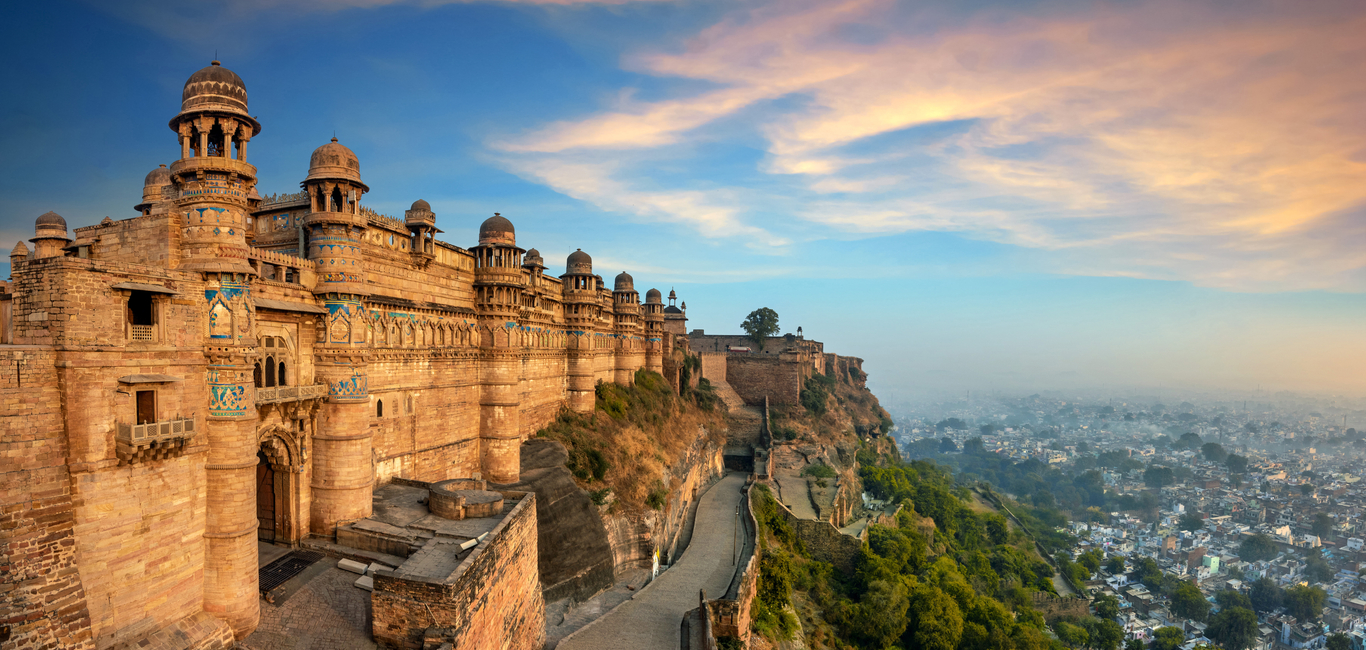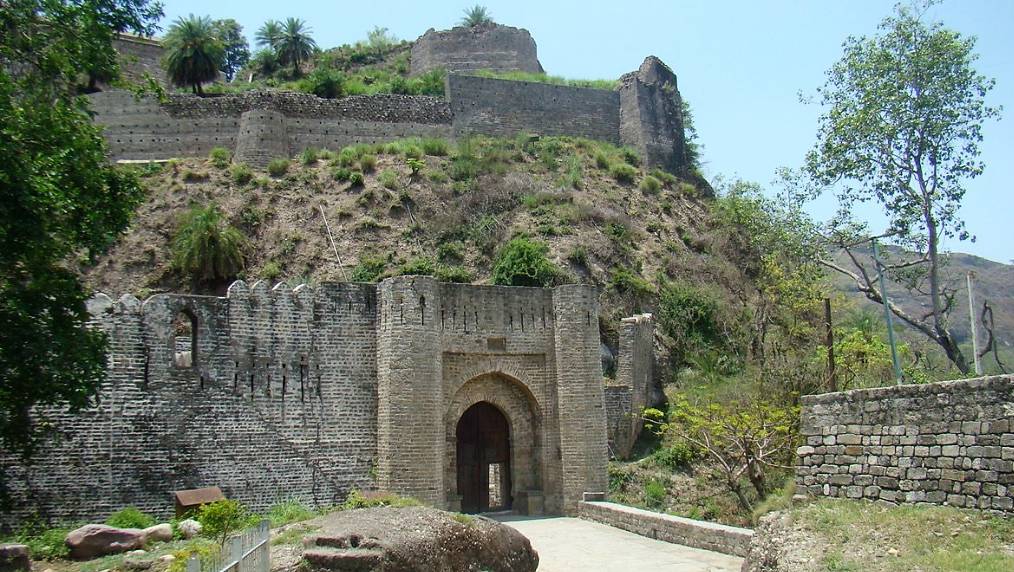Below a stunted hill in the Western Ghats just north of Nasik, the quaint village of Trimbakesh embraces a few relics of Hindu religious architecture and a seemingly insignificant temple tank. This tank, not larger than a village pond is the mythical source of the Godavari. Many devotees are of the firm opinion that this is the singular source of the river. However, the watershed of the almost 1500 km long Godavari comprises of both the Eastern and Western Ghats.
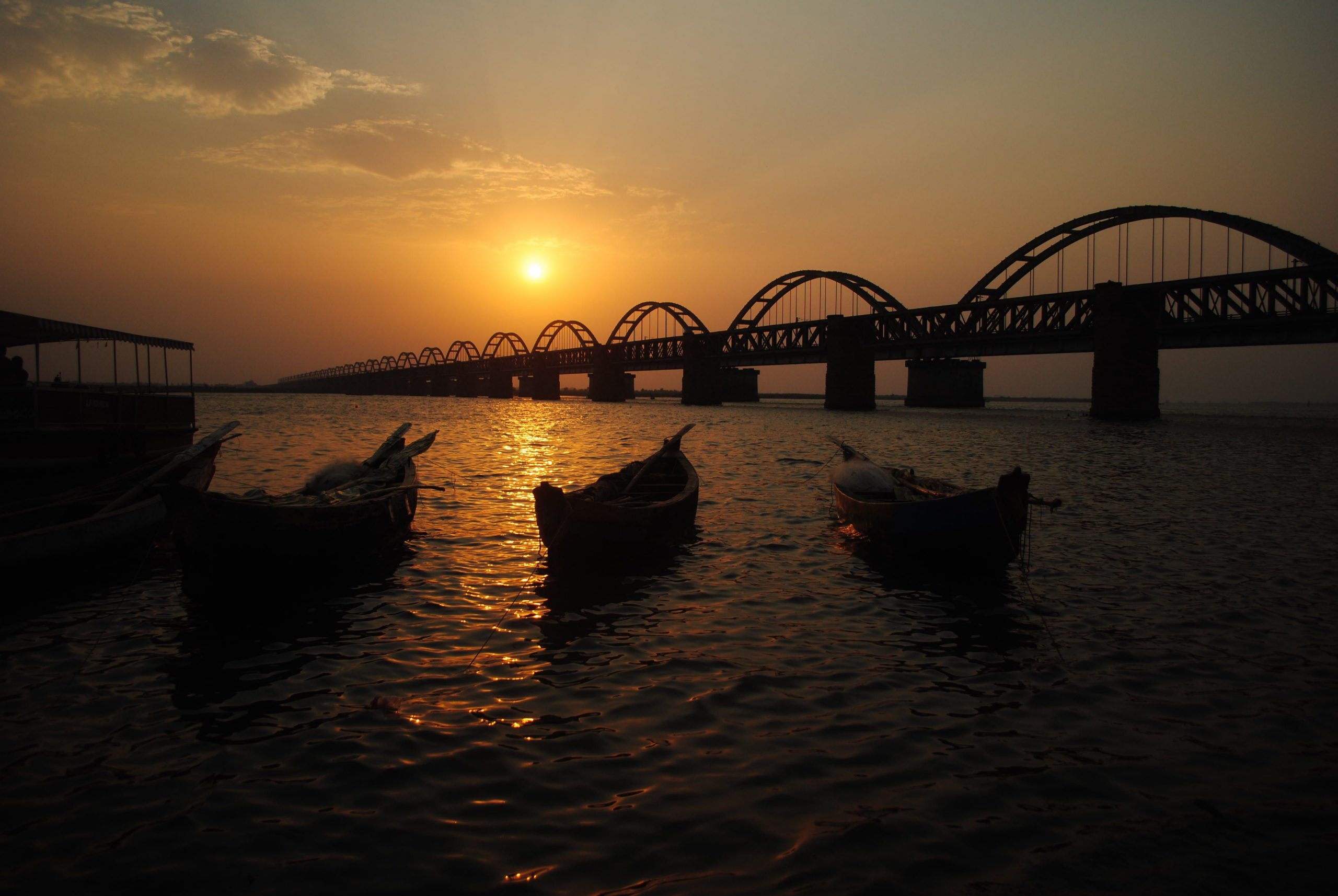 The river starts its gentle descent on the slopes of the Brahmagiri hills above Trimbakesh and flows east across the Deccan Plateau through Maharashtra. It enters Andhra Pradesh in the Nizamabad district and continues its journey until it meets the Bay of Bengal through two separate channels in the Andhra delta.
The river starts its gentle descent on the slopes of the Brahmagiri hills above Trimbakesh and flows east across the Deccan Plateau through Maharashtra. It enters Andhra Pradesh in the Nizamabad district and continues its journey until it meets the Bay of Bengal through two separate channels in the Andhra delta.
In India, water bodies are greatly venerated and the Godavari is no different. All along its course, there are numerous places of pilgrimage that are redolent with many legends. One of these pertains to its mythological origins. Sage Gautama resided in a hermitage on the Brahmagiri Hills with his wife Ahalya. By his devotion to the chief of gods, he received as a boon, a certain bottomless well that yielded an inexhaustible supply of food grain. The other sages, jealous of his fortune, connived and arranged for a cow to enter his granary, and they caused it to die as Gautama tried to chase it away with a bundle of grass. The sage was inconsolable; the death of a cow at the hands of a Brahmin was an unthinkable act. The only way his sin would be absolved was if Ganga could be persuaded to visit his hermitage. However, this was not easy, as only Shiva possessed the power to convince her.
Gautama performed severe austerities to appease Shiva, who finally conceded to his prayers. Ganga then came down as the Godavari along with Shiva, who took the form of Tryambaka. The temple at Trimbakesh is dedicated to this legend and is one of the twelve Jyotirlinga shrines of Shiva. This is perhaps why the locals here refer to the Godavari as the Gautami Ganga. Both Trimbakeshwar and Nasik (30 km southeast) are venues for the Kumbh Mela, the largest religious gathering in the world.
While most Indian rivers are linked with Hinduism, the Godavari represents the secular face of India. Paithan, which is located 56 km south of Aurangabad, is associated with the Bhakti Movement and Jainism. It is believed that whoever visits the Digambar Jain Atishay Kshetra will have their wishes fulfilled. Paithan is also famous for its handloom silk saris (Paithani) which is the traditional bridal attire in Maharashtra. The Jayakwadi Dam near Paithan, which spans the Godavari, falls on the migratory path of Siberian Cranes and is popular with nature lovers.
Nanded, which is approximately 270 km Southwest of Aurangabad, is renowned for its connection with Sikhism. In 1708, following the death of the Mughal monarch Aurangzeb, Guru Gobind Singh, the tenth spiritual leader of the Sikhs came here and proclaimed himself the last living.guru. Takhat Sachkhand Sri Hazoor Sahib, where he breathed his last, is the most important Sikh shrine in Nanded. Although this draws the maximum number of Sikh pilgrims, there are numerous other gurudwaras and charitable schools for Sikh children along the Godavari.
From Nanded, the river meanders towards Vishnupuri, a village (10 km away) famous for the Shiva temple of Kaleshwar and the Vishnupuri Dam. The latter is one of the largest lift irrigation projects in Asia.
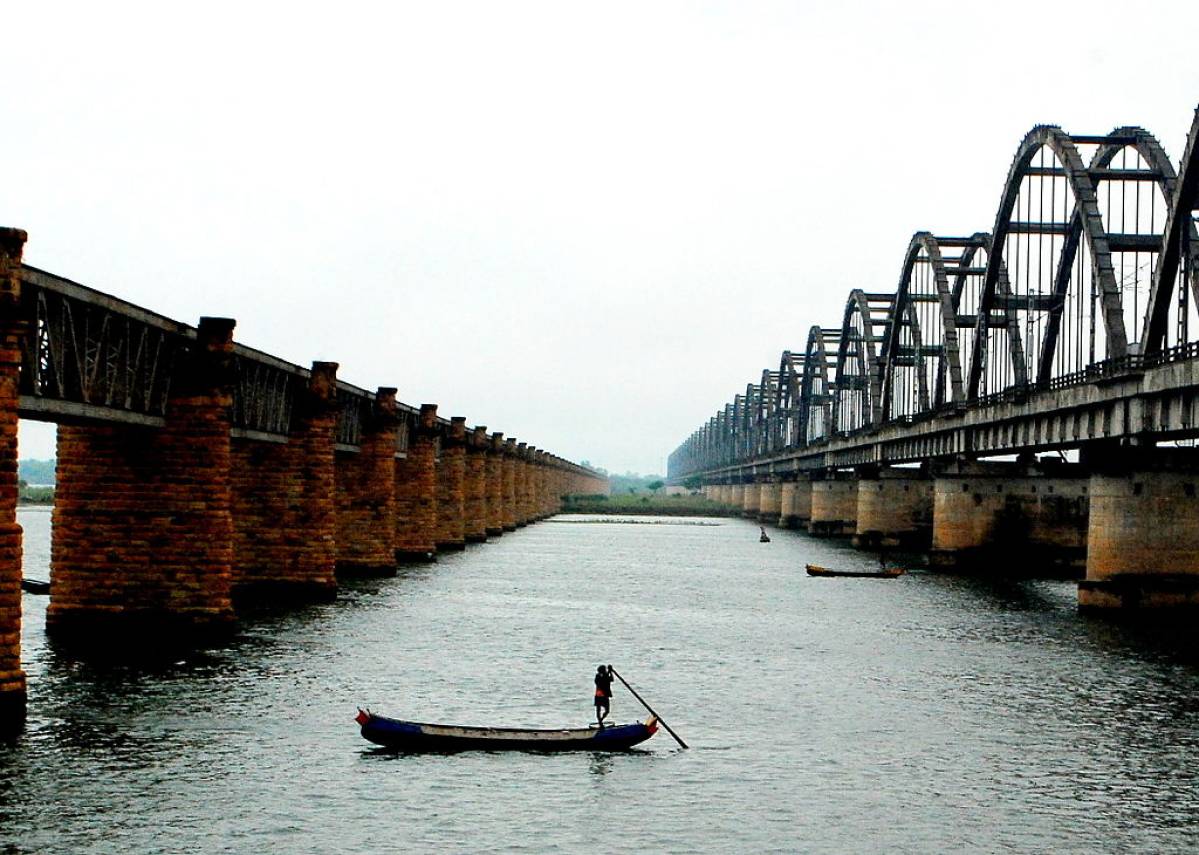 The Godavari continues its journey through a series of agricultural barrages before it enters the Nizamabad district in Andhra Pradesh. About 40 km from the district headquarters (of the same name) is the temple town of Basar. This town’s claim to fame is its association with Saraswati, the Hindu goddess of knowledge. A Chalukyan era temple dedicated to her towers above the otherwise mundane landscape. Many pilgrims come here to perform the akshaa abhyasam, a ceremony in which parents seek the goddess’ blessing before children commence their formal education. This ritual begins and concludes with a dip in the Godavari. A statue of the goddess at the entrance of the ghats attracts both pilgrims and hawkers and makes walking rather difficult. The boats by the water’s edge provide a perfect respite from this chaos.
The Godavari continues its journey through a series of agricultural barrages before it enters the Nizamabad district in Andhra Pradesh. About 40 km from the district headquarters (of the same name) is the temple town of Basar. This town’s claim to fame is its association with Saraswati, the Hindu goddess of knowledge. A Chalukyan era temple dedicated to her towers above the otherwise mundane landscape. Many pilgrims come here to perform the akshaa abhyasam, a ceremony in which parents seek the goddess’ blessing before children commence their formal education. This ritual begins and concludes with a dip in the Godavari. A statue of the goddess at the entrance of the ghats attracts both pilgrims and hawkers and makes walking rather difficult. The boats by the water’s edge provide a perfect respite from this chaos.
Dharmapuri, approximately 100 km from Nizamabad, has one of the largest settlements of Vedic Brahmins in Andhra Pradesh. Families here have zealously managed to cling on to their traditions and some still maintain the practice of reading Vedic hymns from ancient Talapatra scriptures. The people of Dharmapuri have a peculiar dialect, which is unique to this township. Temples of various sizes, dedicated to virtually every god in the Hindu pantheon can be found here. Amongst them is the rare temple of Lord Dattatreya (Brahma’s son).
As the Godavari continues its journey towards the delta, it passes through the temple town of Bhadrachalam, which is intimately linked with the life of Saint Bhadrachala Ramadasa. Known as Gopanna in his times, he was the tehsildar of Bhadrachalam during the latter part of the 17th century. Convicted of misappropriating funds from the government treasury to build a temple, he was imprisoned in the Golconda Fort. It is said that Rama and Lakshmana (protagonists of the Hindu epic Ramayana) appeared in disguise at the sultan’s court and repaid the entire amount in gold. The king, realizing that Ramadasa was no ordinary human being, freed him immediately. The singing saint who was part of the reformist Bhakti Movement has composed some of the most melodious Ram bhajans in Telegu. As you climb the temple steps, the air still resonates with the melody of his devotional songs.
Just before the river enters the delta, it flows through two prominent centers of pilgrimage, Pattiseema, and Rajahmundry. While the former is famous for its association with Shiva, Rajahmundry, 18 km away is the site of the Godavari Pushkaram, a river festival celebrated once in 12 years.
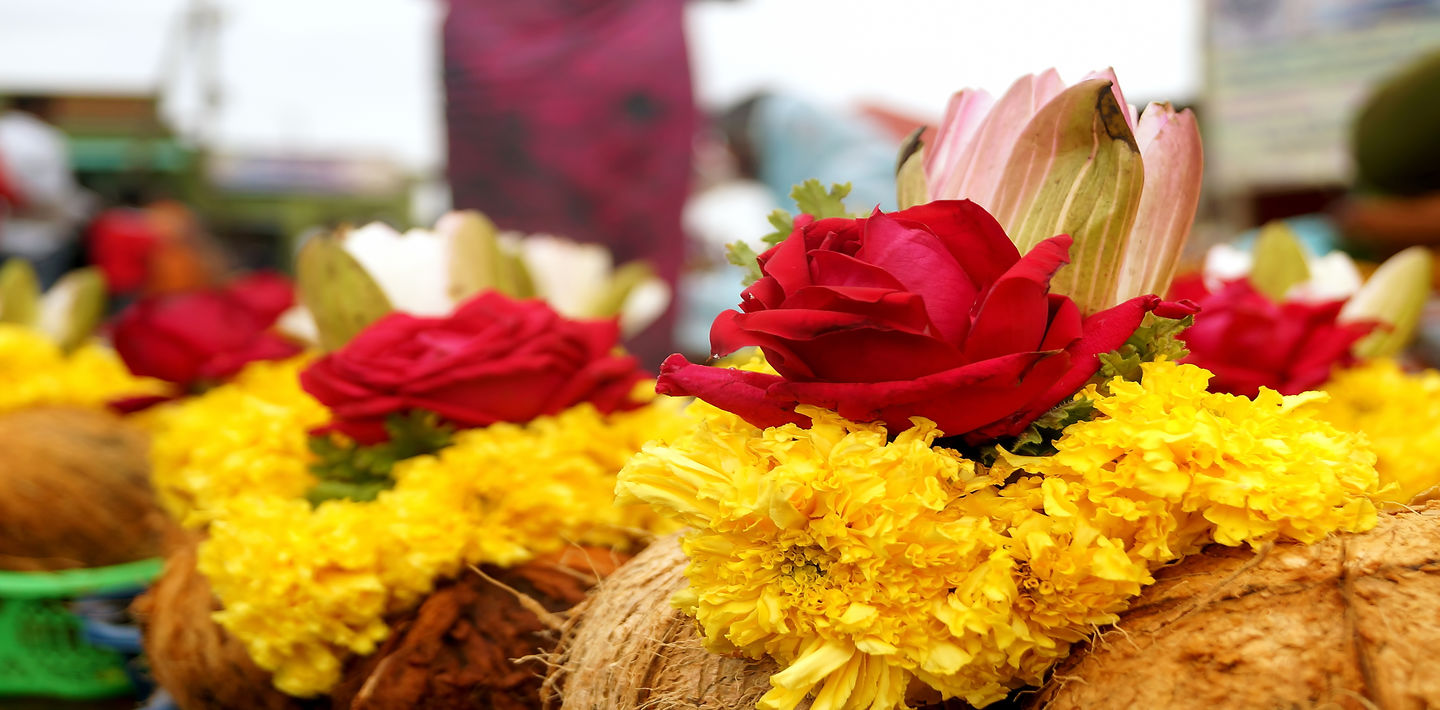 The Veerabhadra Swamy Temple dedicated to Shiva is sited on a hillock in the middle of the Godavari and is one of the most visited Shaivite shrines in Andhra Pradesh. There is a legend associated with the temple’s origin. Shiva, aghast at seeing his wife being reduced to ashes in the yajna (sacrificial pyre) performed by his father-in-law Daksha Prajapati created Veerabhadra to avenge this insult. According to popular belief, Veerabhadra was born out of a lock of Shiva’s hair that fell during his dance of destruction (Tandav Nritya). After destroying the yajna, Veerabhadra slew Daksha and threw the bloody sword into the Godavari. Although Daksha had committed the unthinkable, he was no mere mortal. He begged for forgiveness as his soul left for its celestial realm, and the benevolent Shiva forgave him. The place where he was felled bore a Shivaling, while a hillock emerged at the spot where Veerabhadra threw the sword. Today, this site has minor shrines dedicated to a plethora of deities. The festival of Mahashivratri (the great night of Shiva) is celebrated with great pomp and thousands of pilgrims throng to the hillock to offer prayers at Shiva’s altar.
The Veerabhadra Swamy Temple dedicated to Shiva is sited on a hillock in the middle of the Godavari and is one of the most visited Shaivite shrines in Andhra Pradesh. There is a legend associated with the temple’s origin. Shiva, aghast at seeing his wife being reduced to ashes in the yajna (sacrificial pyre) performed by his father-in-law Daksha Prajapati created Veerabhadra to avenge this insult. According to popular belief, Veerabhadra was born out of a lock of Shiva’s hair that fell during his dance of destruction (Tandav Nritya). After destroying the yajna, Veerabhadra slew Daksha and threw the bloody sword into the Godavari. Although Daksha had committed the unthinkable, he was no mere mortal. He begged for forgiveness as his soul left for its celestial realm, and the benevolent Shiva forgave him. The place where he was felled bore a Shivaling, while a hillock emerged at the spot where Veerabhadra threw the sword. Today, this site has minor shrines dedicated to a plethora of deities. The festival of Mahashivratri (the great night of Shiva) is celebrated with great pomp and thousands of pilgrims throng to the hillock to offer prayers at Shiva’s altar.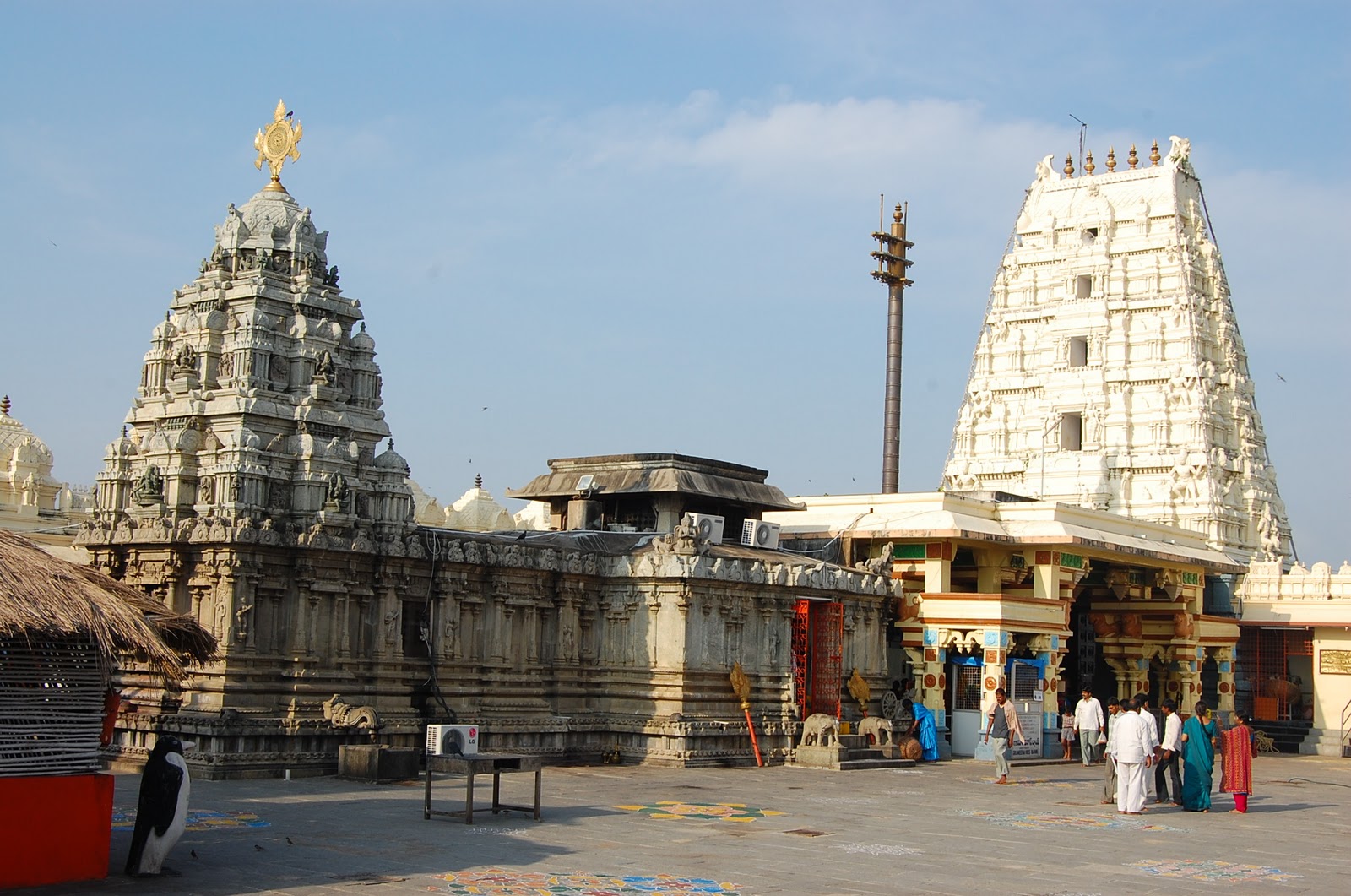
Every twelve years, around 30 million pilgrims take a holy dip in the Godavari during the Pushkaram festival. Many of them follow the river from Kaleswaram in Andhra Pradesh (Karimnagar district) to Antarvedi (East Godavari district) where it joins the Bay of Bengal. However, Rajahmundry, the seat of Telegu culture and literature, is where most of the devotees congregate. The star attraction here is the giant-sized shivaling. Water from the Godavari is channeled through a spout above the lingam and pilgrims bathe in its shower.
Pushkarams have a profound spiritual significance for Hindus, who have a tradition of worshipping rivers. They believe that a dip during this auspicious period will invest one with providence.
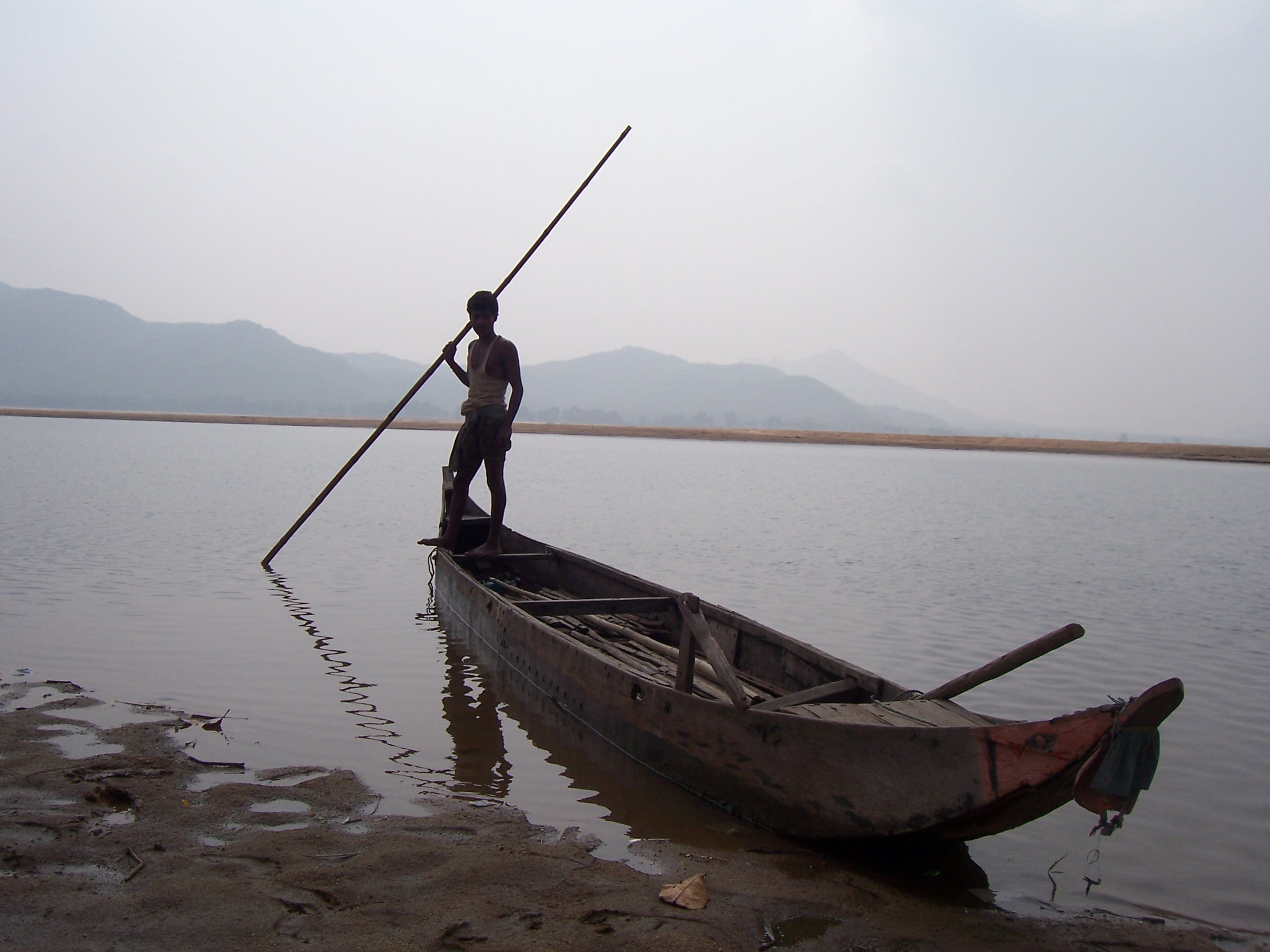 Today, the biggest challenge faced by deltas along the east coast is erosion and the Godavari delta can lose up to 23 percent of its landmass by 2050. Groundwater pumping is a major cause of subsidence and storms are a constant threat to a region that has few coastal defenses. While deltas are naturally vulnerable because they form in low-lying coastal regions, human activities add to the peril. The rate of retreat is directly related to population and economic exploitation. Dams and canals upstream also and contribute to the problem, as they prevent sediment from reaching the delta. The Krishna Godavari basin is rich in fossil fuels. Petroleum extraction from beneath the delta is causing the sediment-starved land to sink further. This is also responsible for the waterline along the deltaic region to rise faster than average global sea levels. If this trend continues, agriculture may not be economically viable here in the future.
Today, the biggest challenge faced by deltas along the east coast is erosion and the Godavari delta can lose up to 23 percent of its landmass by 2050. Groundwater pumping is a major cause of subsidence and storms are a constant threat to a region that has few coastal defenses. While deltas are naturally vulnerable because they form in low-lying coastal regions, human activities add to the peril. The rate of retreat is directly related to population and economic exploitation. Dams and canals upstream also and contribute to the problem, as they prevent sediment from reaching the delta. The Krishna Godavari basin is rich in fossil fuels. Petroleum extraction from beneath the delta is causing the sediment-starved land to sink further. This is also responsible for the waterline along the deltaic region to rise faster than average global sea levels. If this trend continues, agriculture may not be economically viable here in the future.
Pollution, over-population, and unsustainable exploitation of resources are slowly taking a toll on the Godavari. The question then is, who should take guardianship of the river? Until the people of the Krishna-Godavari basin introspect and harmonize their relationship with nature, the Godavari will continue to suffer.


